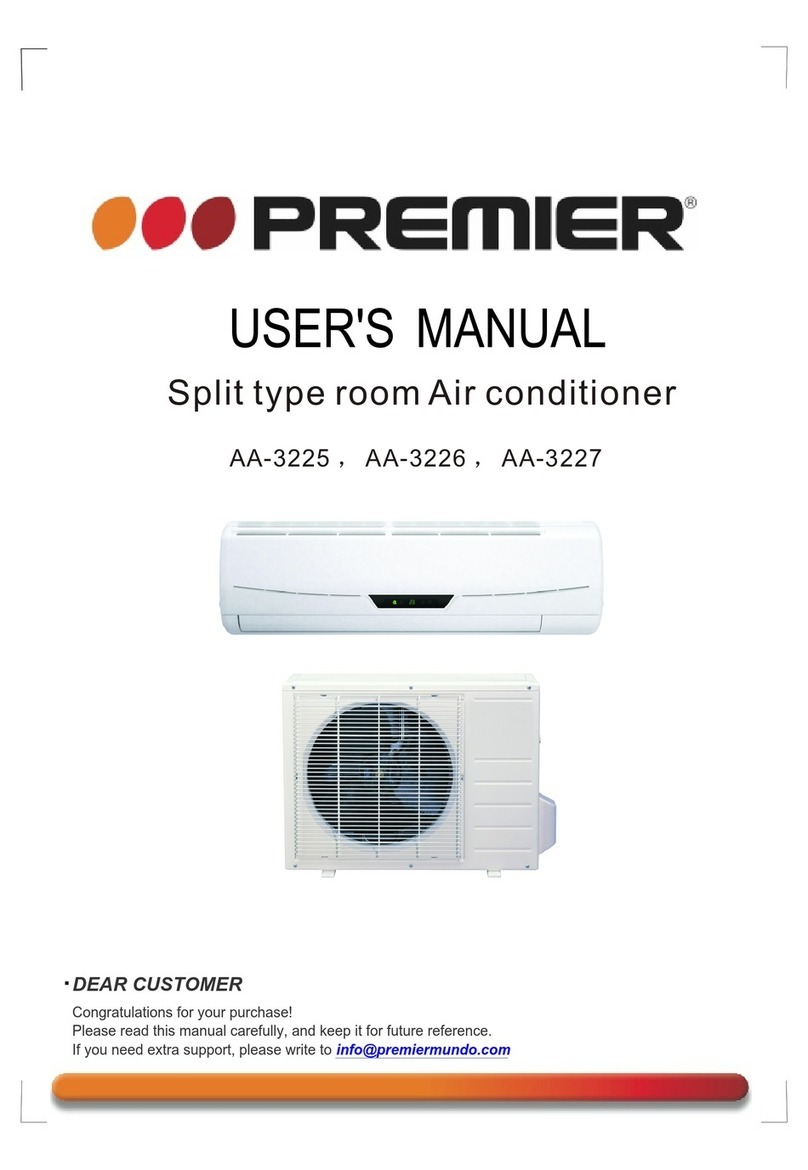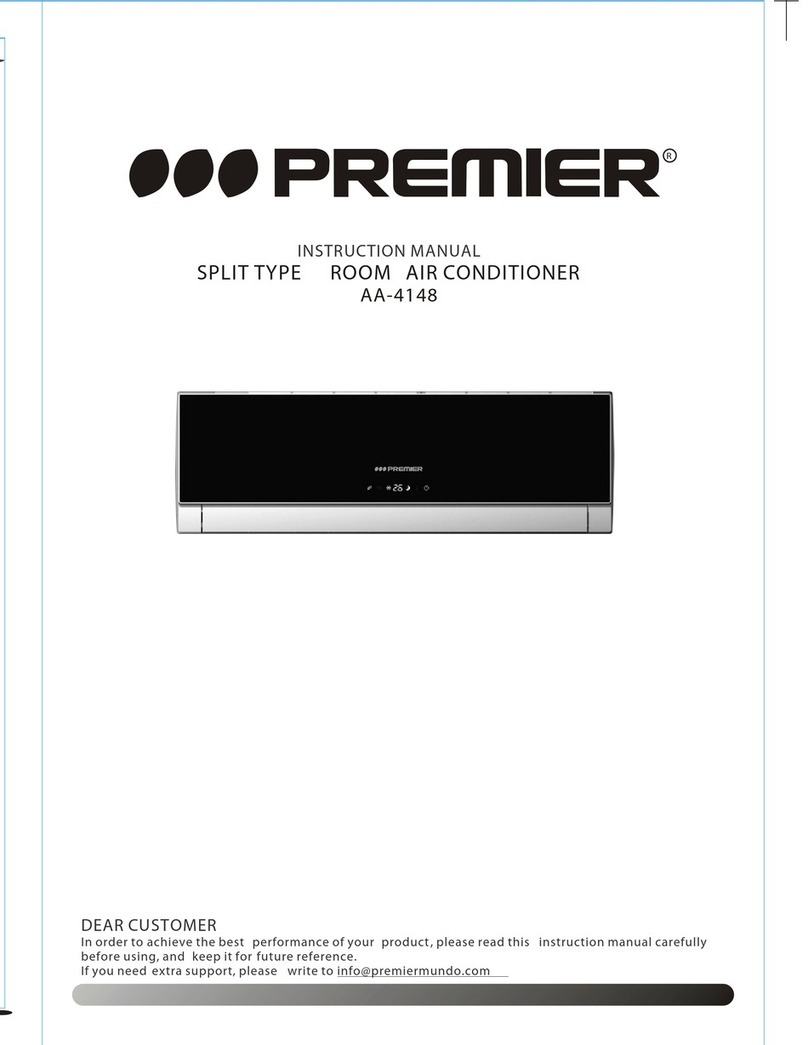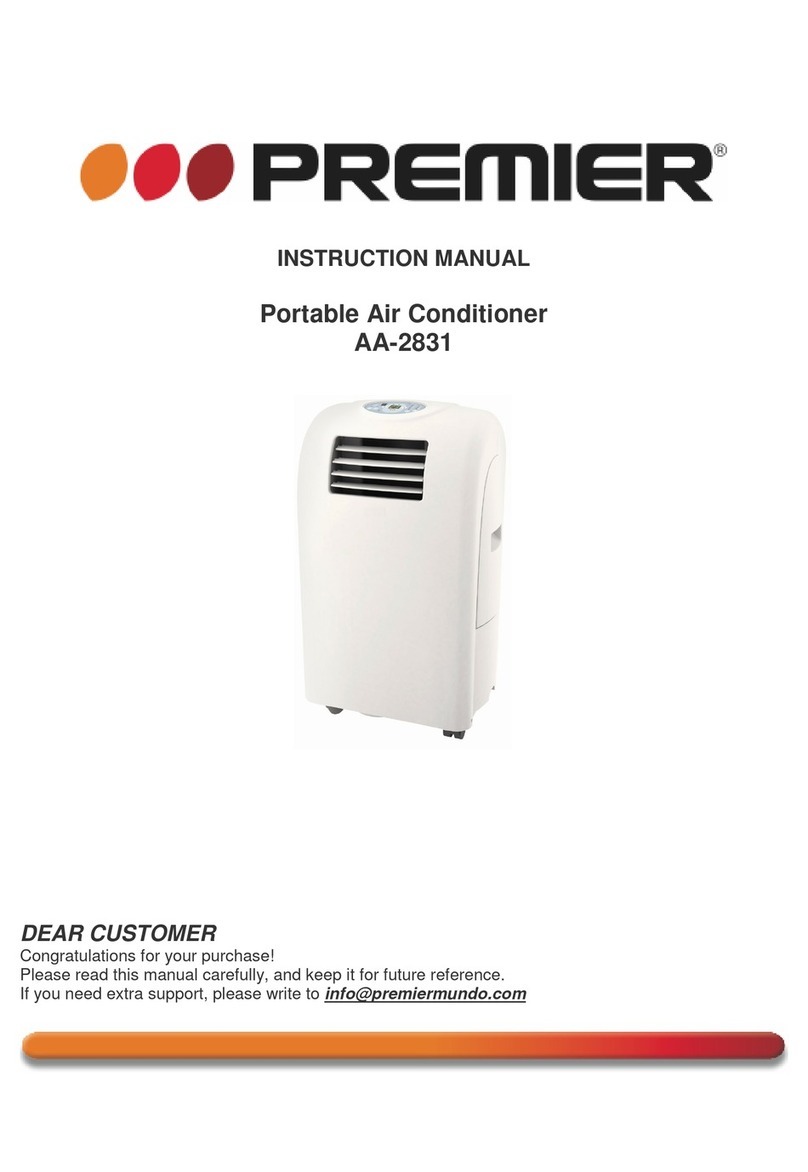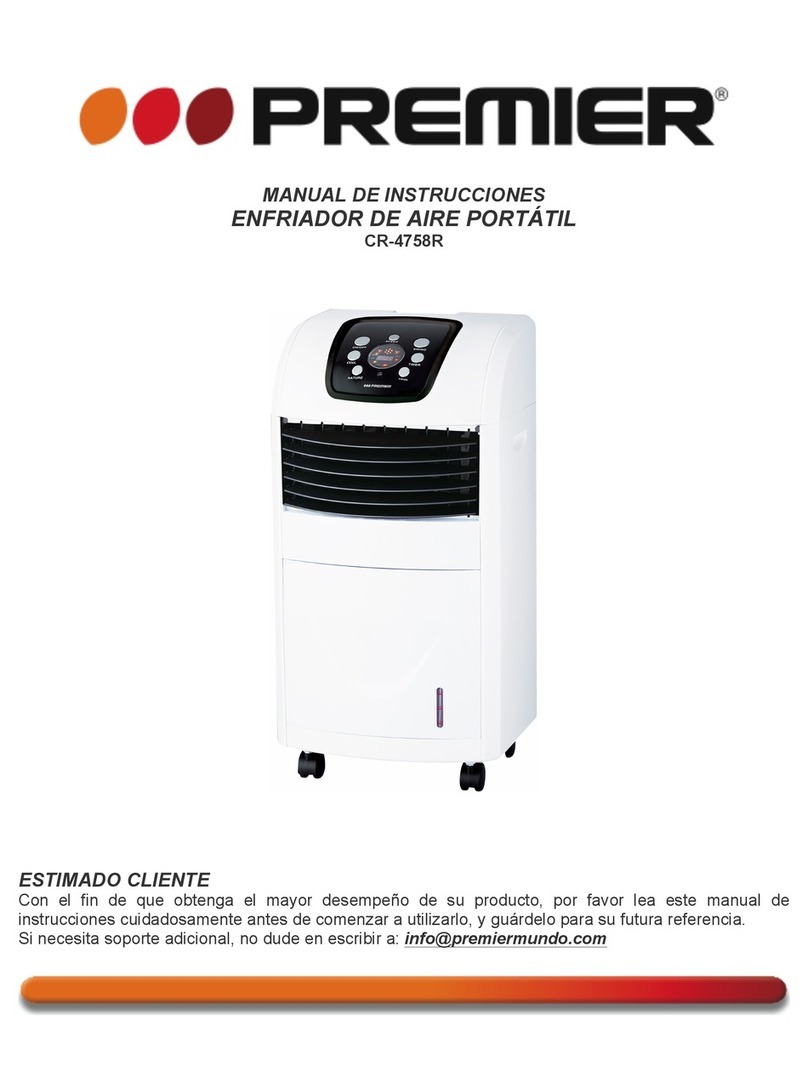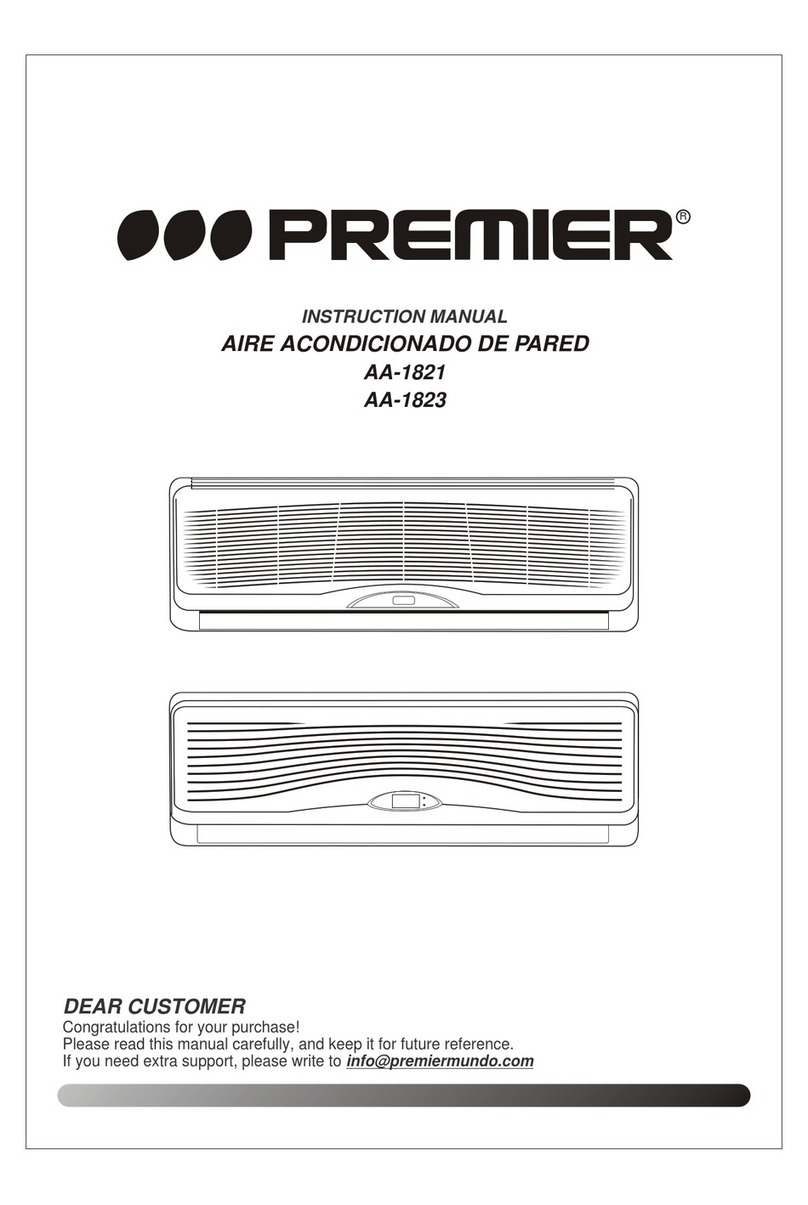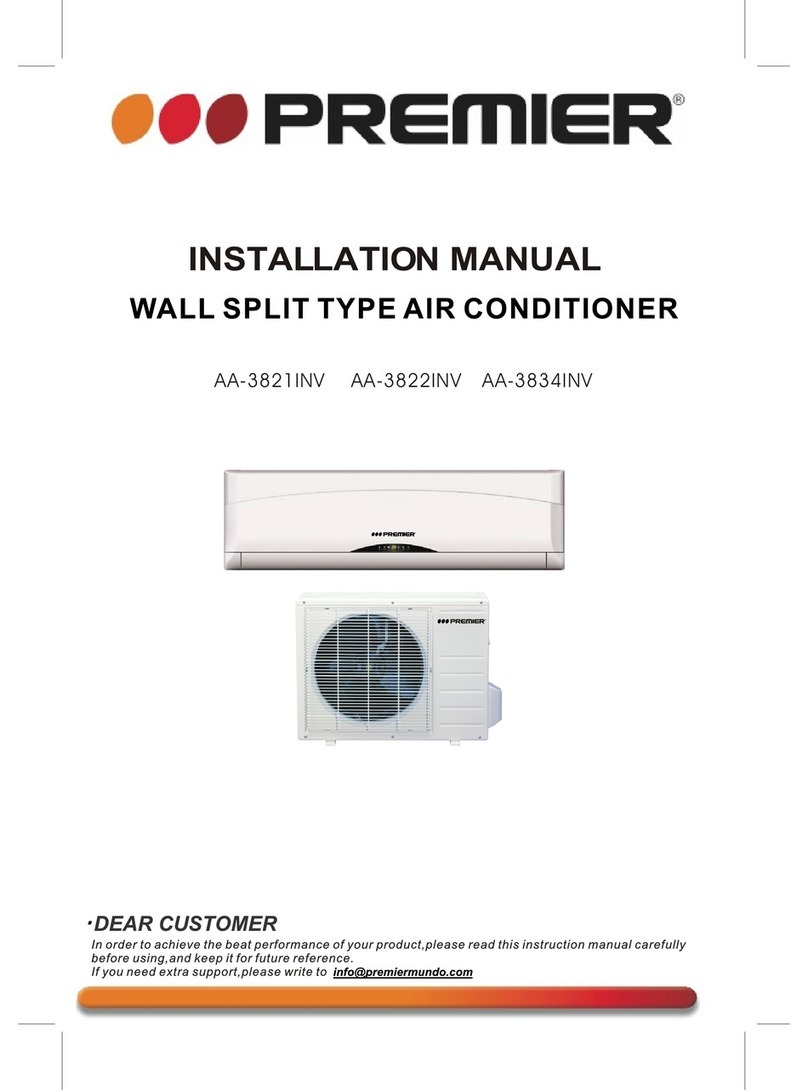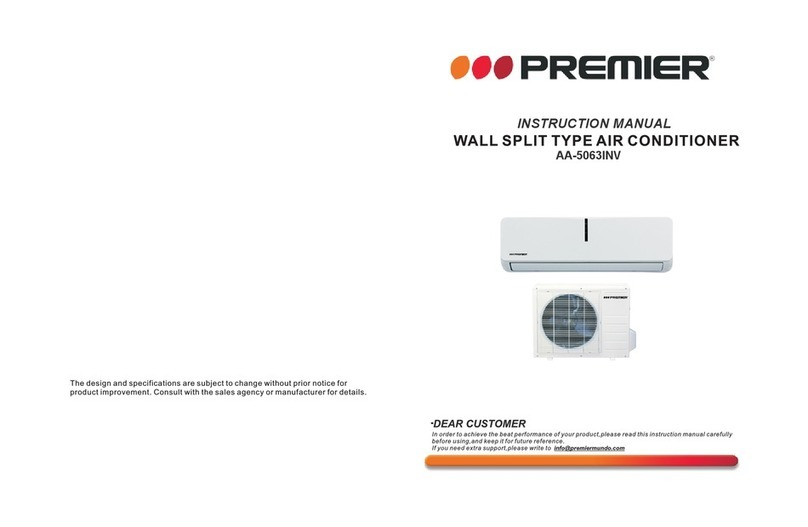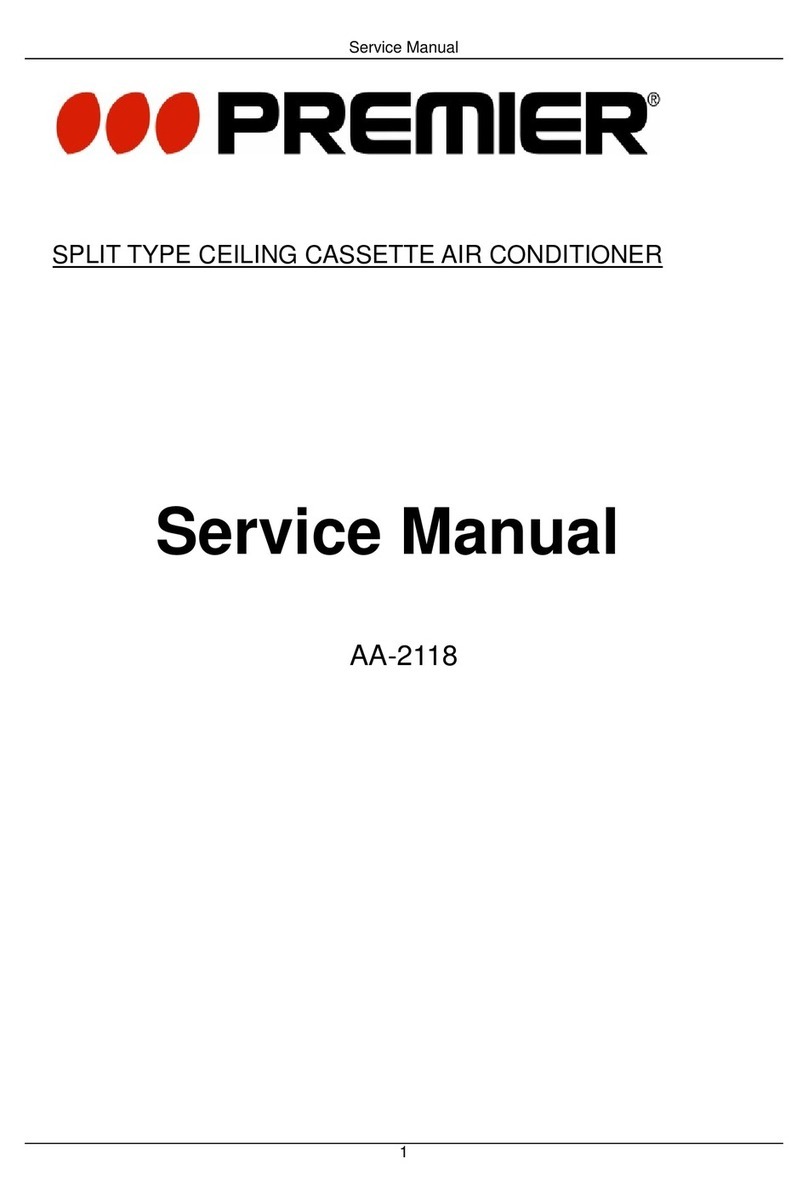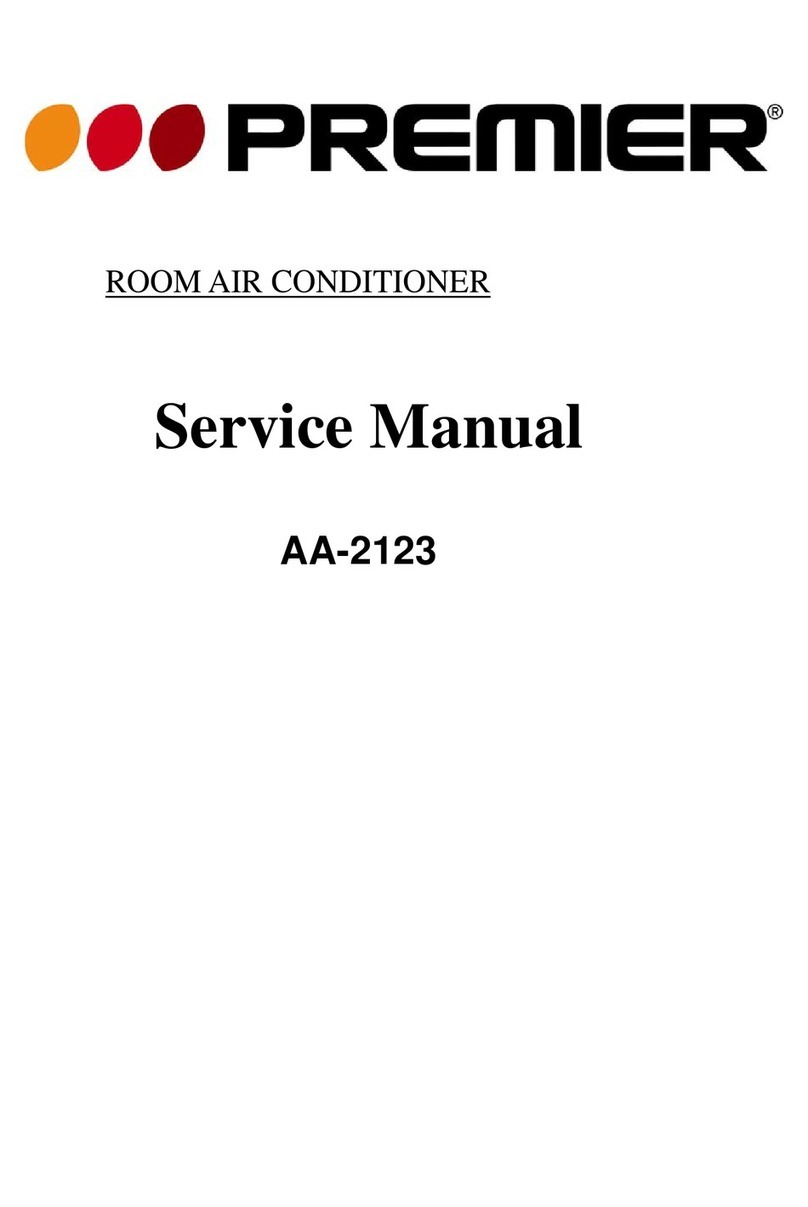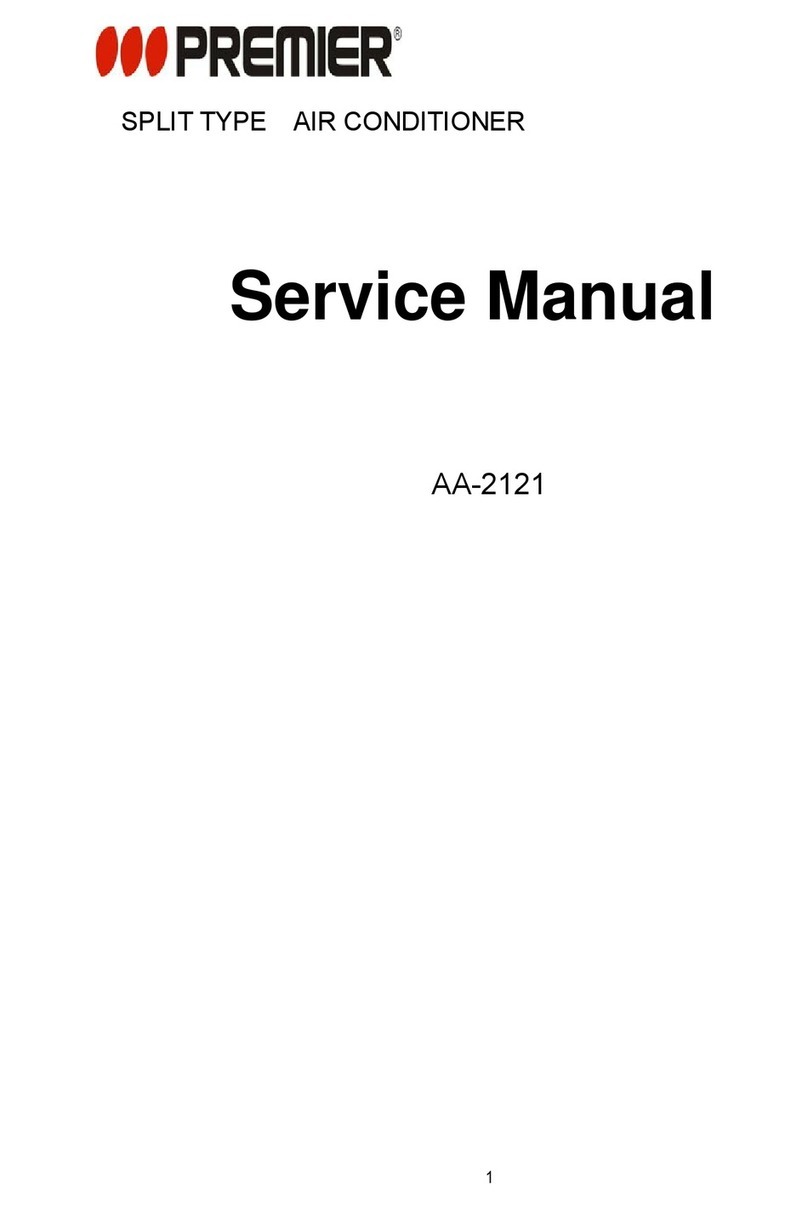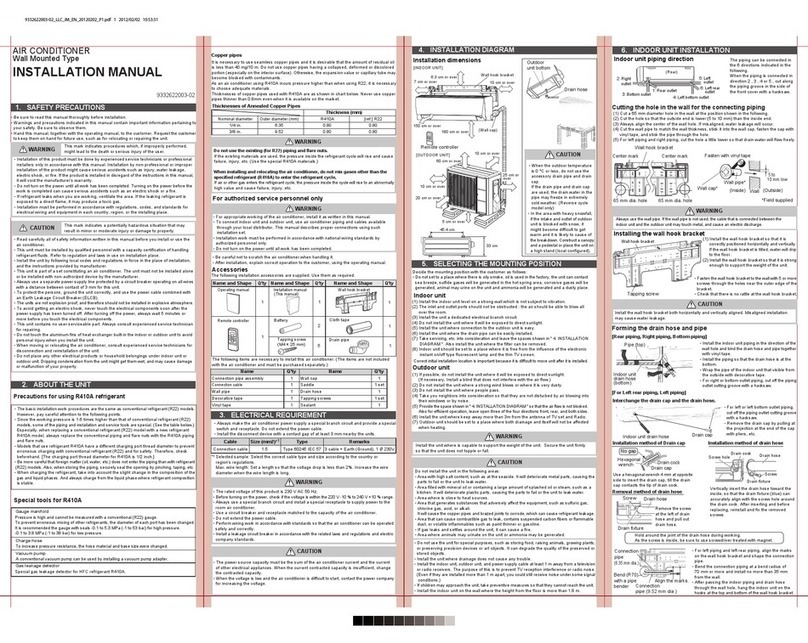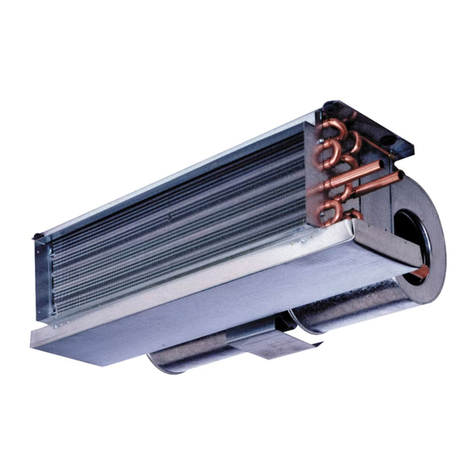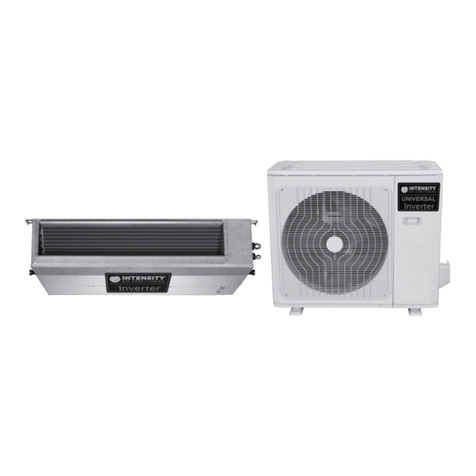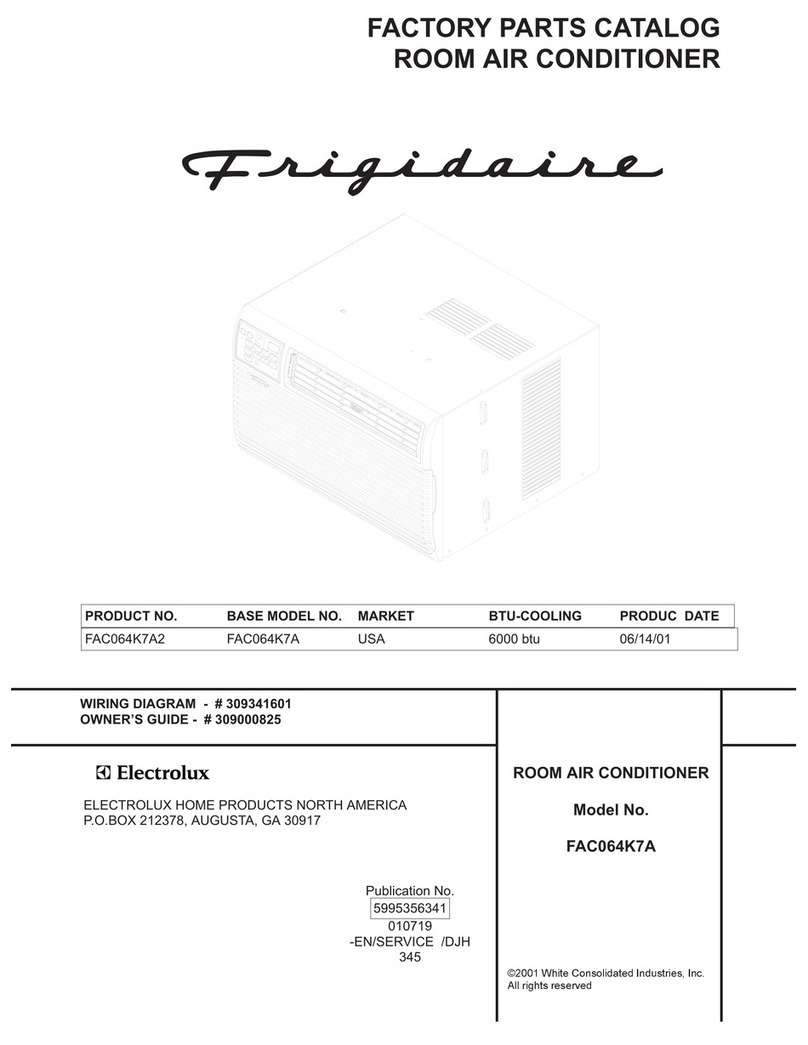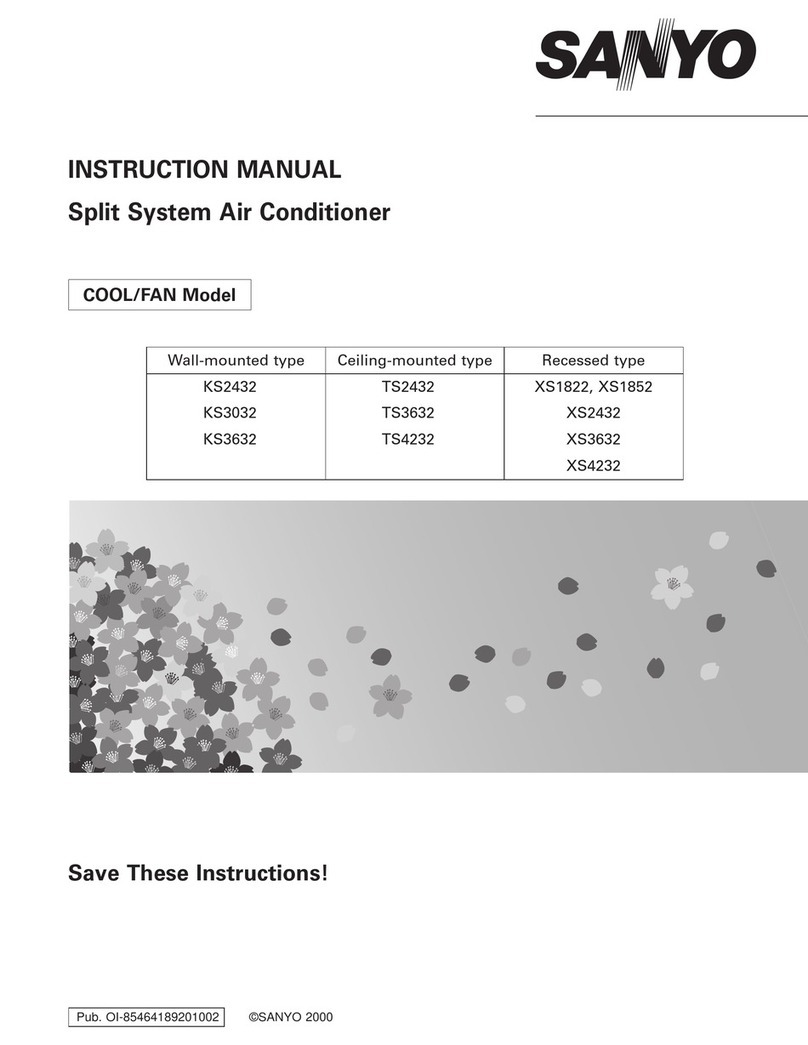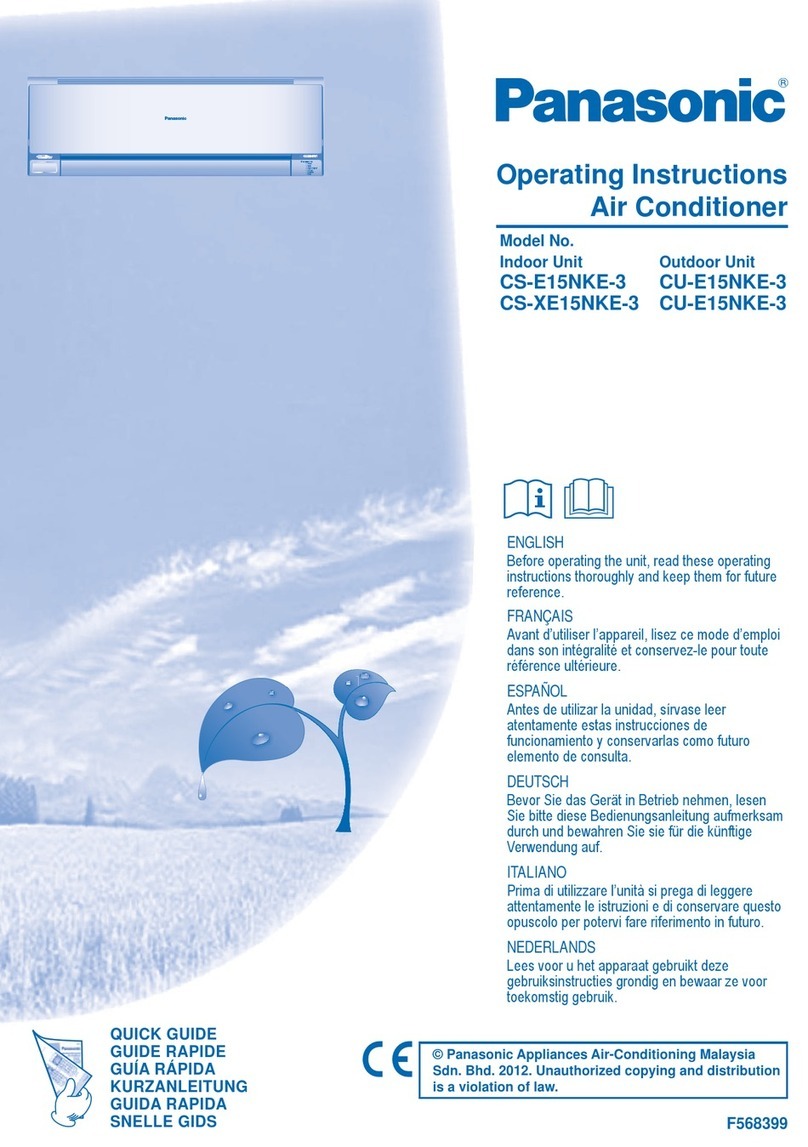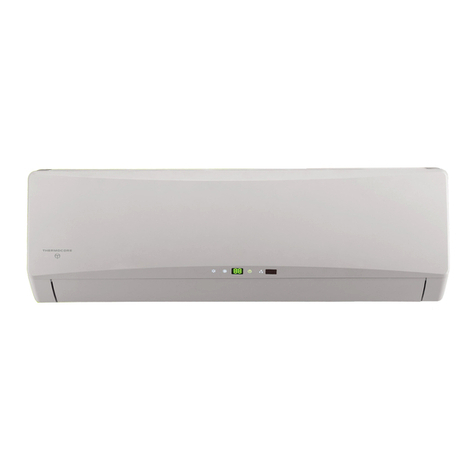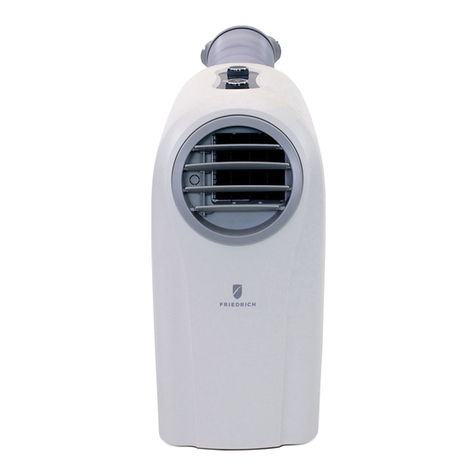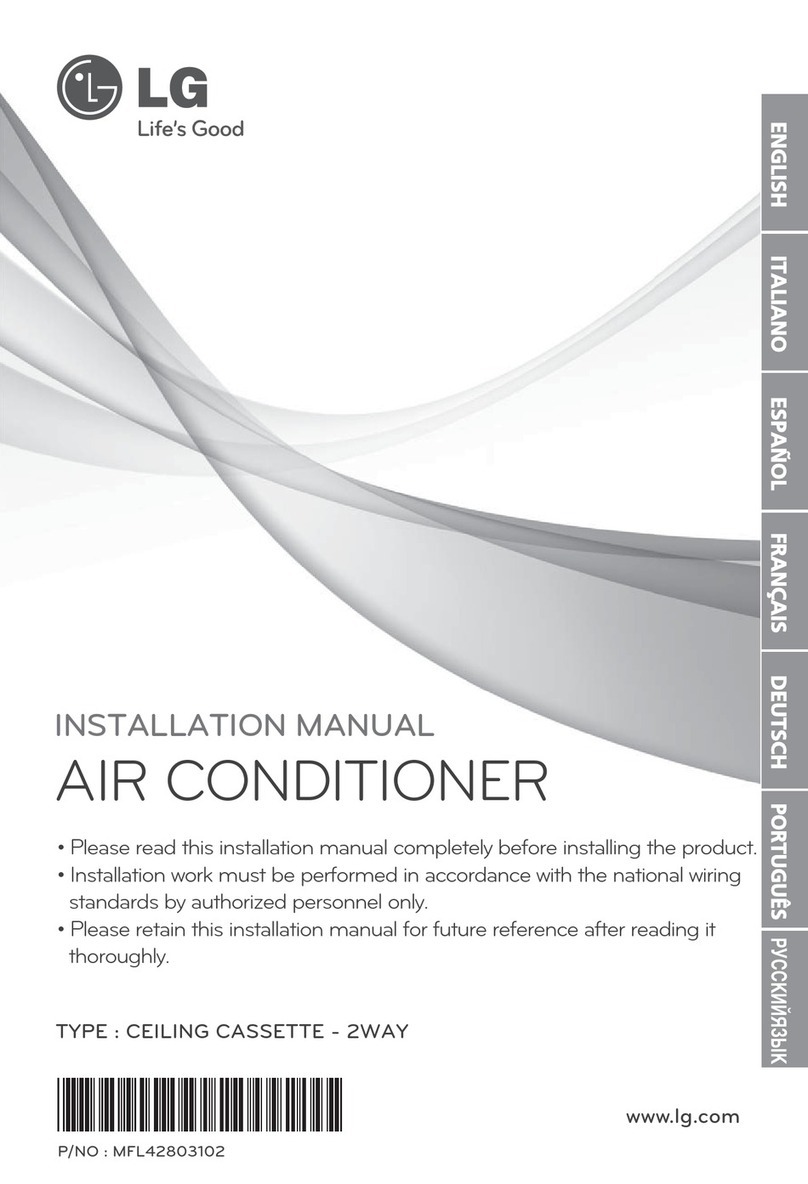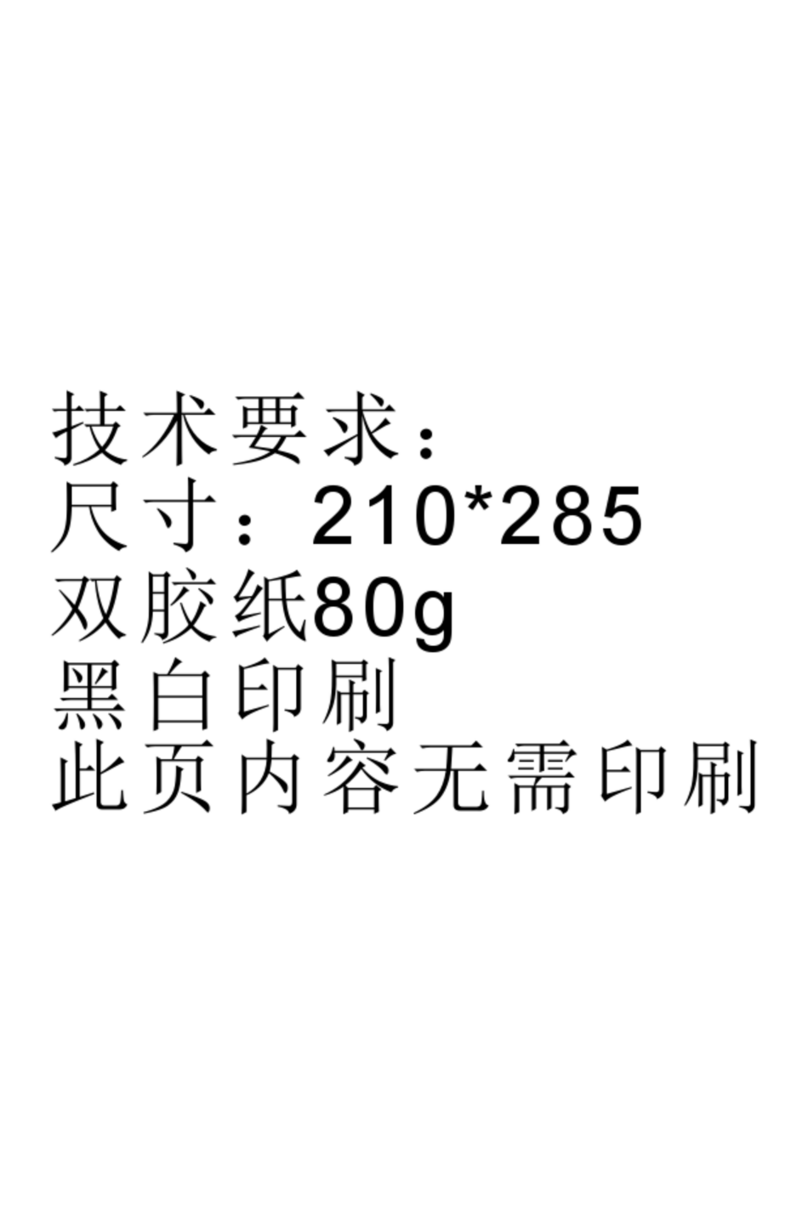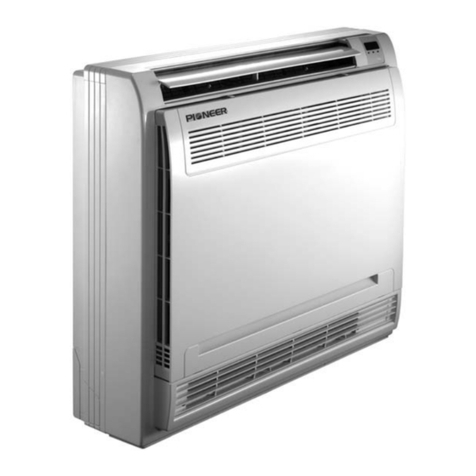
4
PREMIER E SERIES DUAL CAPACITY INSTALLATION AND MAINTENANCE MANUAL
DUCT SYSTEM
CAUTION:
Be sure to remove the shipping material from the blower discharge before connecting
ductwork.
An air outlet collar is provided on vertical top flow units and all horizontal units to facilitate a duct
connection (vertical bottom flow units have no collar). A flexible connector is recommended for
discharge and return air duct connections on metal duct systems. Uninsulated duct should be insulated
with a minimum of 1" duct insulation. Application of the unit to uninsulated ductwork in an unconditioned
space is not recommended as the unit’s performance will be adversely affected.
If the unit is connected to existing ductwork, check the duct system to ensure that it has the capacity
to accommodate the air required for the unit application. If the duct is too small, as in the replacement
of heating only systems, larger ductwork should be installed. All existing ductwork should be checked
for leaks and repaired if necessary.
The duct system should be sized to handle the design airflow quietly and efficiently.To maximize
sound attenuation of the unit blower, the supply and return plenums should include an internal
duct liner of fiberglass or constructed of ductboard for the first few feet. On systems employing
a sheet metal duct system, canvas connectors should be used between the unit and the
ductwork. If air noise or excessive airflow is a problem, the blower speed can be changed (see the
Blower Speed and Blower Performance sections on page 19).
WATER PIPING
The proper water flow must be provided to each unit whenever the unit operates. To assure proper
flow, use pressure/temperature ports to determine the flow rate. These ports should be located adjacent
to the supply and return water connections on the unit. The proper flow rate cannot be accurately set
without measuring the water pressure drop through the refrigerant-to-water heat exchanger. (See Table
2 on page 21 for water flow and pressure drop information.)
All source water connections are swivel piping fittings that accept a 1" male pipe thread (MPT) (see
Figure 4A). The swivel connector has a rubber gasket seal similar to a rubber hose gasket, which when
mated to the flush end of any 1" threaded pipe provides a leak-free seal without the need for thread
sealing tape or compound. Check to ensure that the rubber seal is in the
swivel connector prior to attempting any connection. The rubber seals are shipped attached to the
waterline.
To make the connection to a ground loop system, mate the brass connector (supplied in CK4L and
CK4S connector kits) against the rubber gasket in the swivel connector and thread the female locking
ring onto the pipe threads, while maintaining the brass connector in the desired direction (see Figure
4B). Tighten the connectors by hand, then gently snug the fitting with pliers to provide a leak-proof joint.
When connecting to an open loop (groundwater) system, thread any 1" MPT fitting (PVC or copper) into
the swivel connector and tighten in the same manner as noted above.
The open and closed loop piping system should include pressure/temperature taps
for serviceability.
Never use flexible hoses smaller than 1" inside diameter on the unit. Limit hose length to
10 ft. per connection. Check carefully for water leaks.
Figure 3– Optional Filter Rack
Door side mountable
on either end
E
C
AD
B
Horizontal Filter Rack
1" duct connection is provided.
Construction is air tight.
MODEL CB
ADEModel No.
37.1
42.1
47.1
5.5
5.5
5.5
DCH2037
DCH2042
DCH2048
20.1
20.1
20.1
0.6
0.6
0.6
2.2
2.2
2.2
E036, 048
E060
E072
